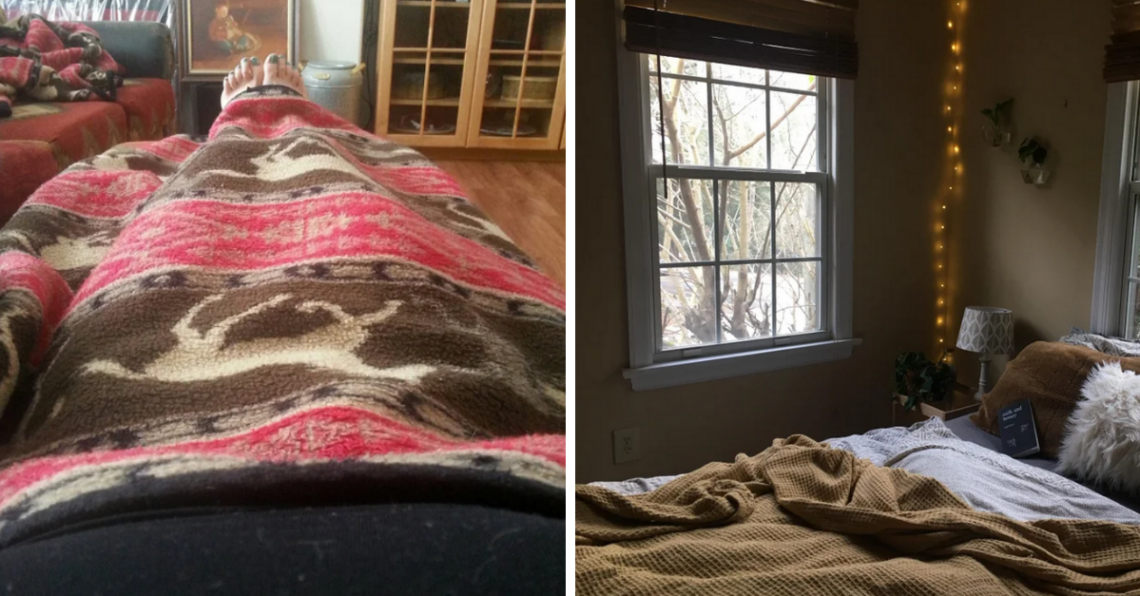Although I’ve never been a fan of going outside and braving the back ice in winter, I will say that it’s my favorite time of year to sleep.
Huddling under thick blankets in a chilly room is not only an oddly comfortable feeling, but I always seemed to have an easier time sleeping in these circumstances than when the room is hot.
I just figured that came down to the fact that it’s easier to warm yourself when it’s cold than cool yourself when it’s hot, but experts say there’s a little more to it than that.
When neurologist Dr. Christopher Winter started working with professional athletes, he noticed something that they all had in common.

As he wrote in a contribution to HuffPost , “I find it fascinating that I have never encountered a professional baseball, football, basketball or hockey player who prefers a warmer sleeping environment to a colder one. Not one.”
Not only that, but in many cases, they wanted their bedrooms as cold as possible.

As in, 65 degrees or lower, if the thermostat allows for it.
Winter said this is not just because they’re used to icing themselves frequently, but also because their jobs mean they generate enough heat that sleeping next to them can apparently feel intolerable in the summer.
Although these athletes are extreme cases, their preferences actually aren’t far off from the temperatures that give us the best night’s sleep.

Winter said that most studies agree on optimal sleeping temperatures and set them between 60 and 67 degrees.
However, room temperatures aren’t totally disruptive for most people until they climb above 75 degrees or dip below 54.
As for why this is, it has a lot to do with how our bodies typically change in temperature throughout the day.

As Winter wrote , we’re usually at our hottest in the late afternoon and at our coldest at about 5 a.m.
So by the time we’re going to bed, the downward swing to our minimum temperature is already in progress.

Not only are we usually producing less heat around this time, but we’re also supposed to experience increased heat loss.
So if our environment raises that temperature, our bodies have a harder time adjusting and we’re likely to feel wide awake.

Winter said that this then makes us less likely to experience a deep sleep. And like the old wisdom suggests, this effect increases when a hot room is also humid.
Interestingly, colder temperatures have also been shown to improve sleep quality in sleep apnea patients.

As Winter wrote , these patients had this experience when researchers decreased temperatures from 75.2 degrees to 60.8 degrees.
As a result, they both slept longer and felt more awake after they woke up.
Not only that, but other research has found that lower room temperatures while sleeping can also decrease the risk of diabetes and other metabolic diseases.

What a Study published in Diabetes found is that subjects who slept in a 66 degree room for four months experienced a twofold increase in the amount of postive “brown fat” they had.
h/t: HuffPost















































